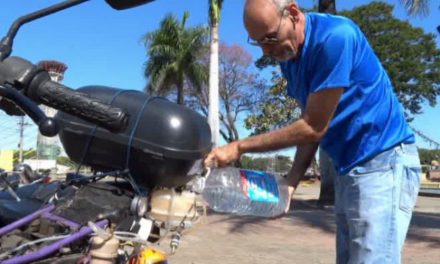In case you haven’t heard of the “susanu”, China’s 13th 5-year plan, check out the video below:
For their 13th, 5-year plan, China has included “floating nuclear power plants” as a priority in the South China Sea so they can bring stable power to offshore projects and promote ocean gas exploitation. Wang Yiren, vice-director of the State Administration of Science, Technology and Industry for National Defence told Science and Technology Daily that the appropriate research on relevant core technologies as well as the standardization of maritime nuclear power plants, has been done.
After the Fukushima accident in 2011, the Chinese government put new construction of nuclear power plants on hold until they could do a safety review. However, the are now confident and ready to proceed. China expects to build 20 floating nuclear power stations and have the facility operating by 2019.
From the article:
“Floating power stations are less susceptible to natural disasters. In an emergency, the station could pump seawater into a boat to prevent core melting. Besides, the platform is small and can be dragged to a suitable place for maintenance.
China currently has 23 nuclear power generating units in operation and 27 under construction, about one-third of the world’s unfinished nuclear units.”
Though China claims almost all of the South China Sea, Vietnam, the Philippines, Malaysia, Brunei, and Taiwan have counter claims. Hence, the urgency, especially since an international tribunal rejected China’s claims over the sea, last year (Beijing responded by questioning the legality of the tribunal).
Currently, the main power source for China’s offshore operations and the daily lives of residents on Nansha and Xisha Islands (or Spratly and Paracel as they are also known) is a diesel generator. China feels nuclear power would be the best way to reduce carbon dioxide emissions and meet the power demand with stable electricity. According to the article, “…China’s nuclear power capacity would reach 58 million kilowatts by 2020. The total capacity of the plants currently under construction will be 30 million kilowatts.”
Not surprisingly, people are unsure. But, Wang says, “If it is safe to build nuclear power plants in coastal areas, it is also not a problem to build them inland.” He also noted that third-generation nuclear power technology has shown the reactors to be safe.
Source: NDTV and China Money Network












